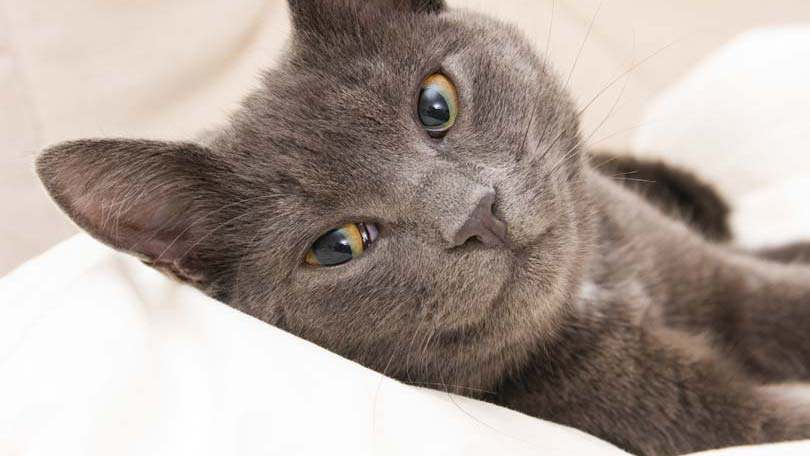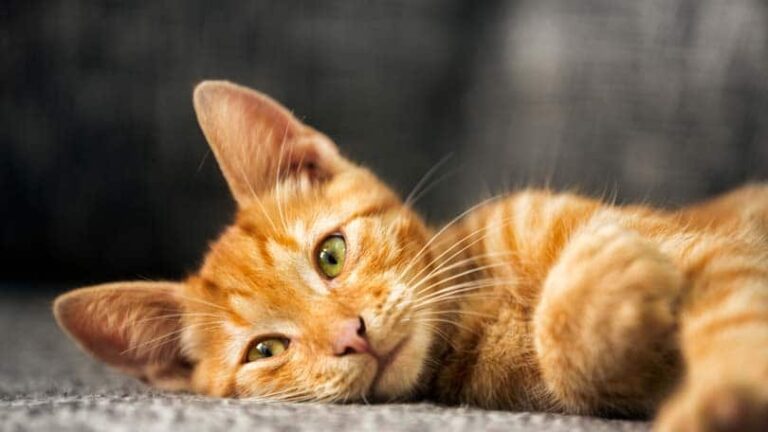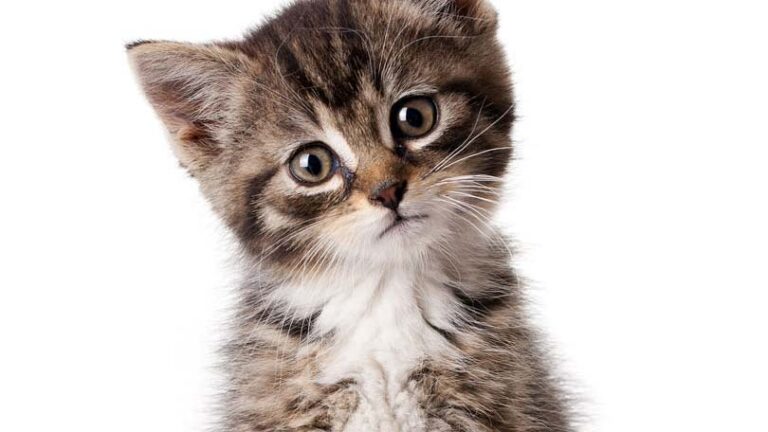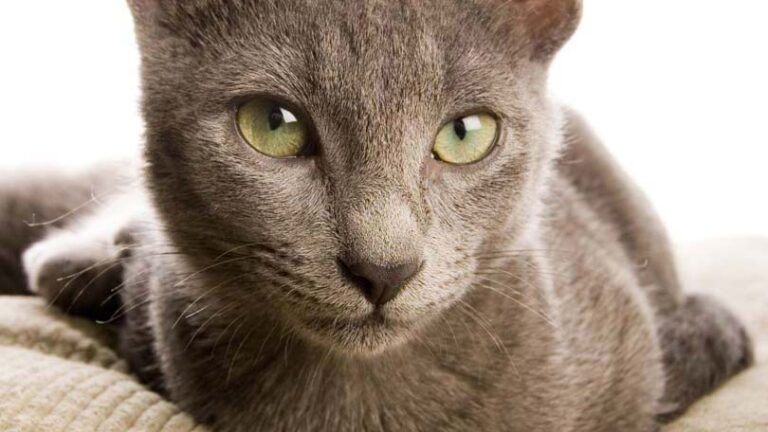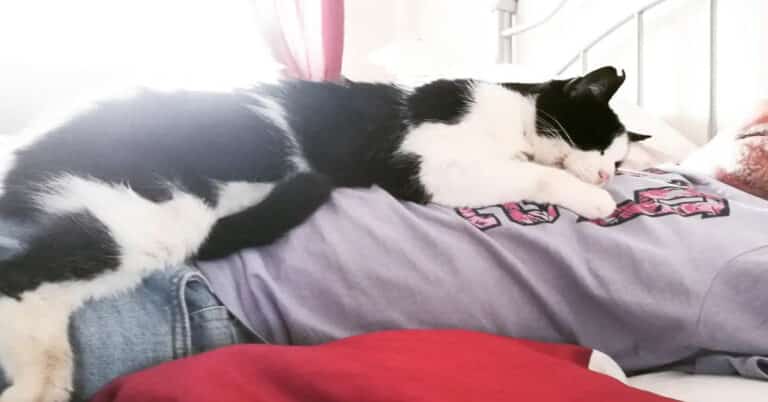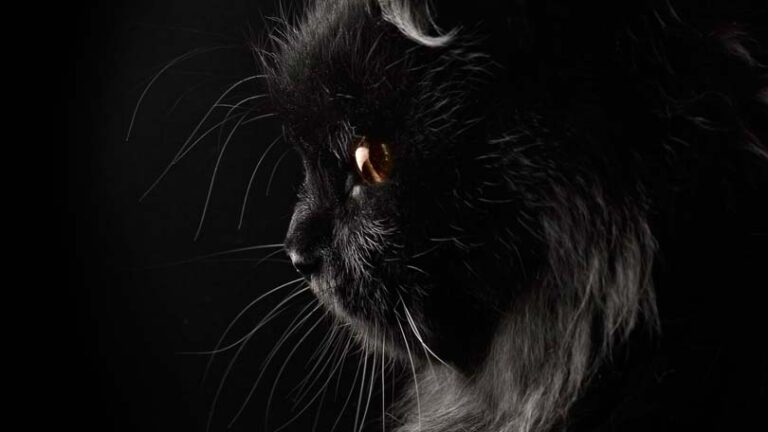Is Dental Care Really all that Important for My Cat?
Yes! Cats develop many of the same dental diseases as people: plaque, tartar, gingivitis, periodontal disease, loose or broken teeth, etc. These disorders can cause bad breath, oral pain, and difficulty eating. Infections associated with dental disease can even spread to other regions of the body damaging the kidneys, liver, and other organ systems.
As if these problems alone were not enough reason to take care of your pet’s mouth, many cats also develop a problem known as feline odontoclastic resorptive lesions (FORLs) as they age. FORLs may also be referred to as neck lesions, cervical line lesions, or cat “cavities.” When a FORL develops, the tooth begins to break down exposing nerves within the teeth and causing intense pain. Some cats do not act like they hurt at home but if you, or your veterinarian, touch an affected tooth they will often chatter their teeth and pull away in response.
Once dental disease of any sort has become established, the first step in treating it is for your veterinarian to perform a thorough oral examination and dental cleaning while your cat is under general anesthesia. Many owners understandably are not excited at the prospect of having their cats anesthetized for dental care – this isn’t necessary for people, after all. But because cats won’t tolerate a veterinarian poking around all sides of every tooth; scraping tartar out from underneath the gum line; or sit still for dental x-rays, tooth extractions and other procedures that might be necessary, it is absolutely necessary. With a pre-anesthetic physical exam, oftentimes some blood work, and close monitoring throughout, dental procedures under general anesthesia are extremely safe.
The best way to prevent most types of dental disease from returning soon after a cleaning is performed is to brush your cat’s teeth every day. As daunting as this may sound, most pets can be taught to tolerate, if not look forward to the procedure. Use a small, soft toothbrush or piece of gauze or cloth wrapped around your finger and toothpaste designed to be appealing and safe for cats. Gently rub all tooth surfaces that lie next to your cat’s lips and cheeks. You do not need to clean the sides that point towards the tongue. Make sure to reward your cat with praise, a treat, and/or a favorite toy after every successful encounter with the toothbrush.

Having discovered a fondness for insects while pursuing her degree in Biology, Randi Jones was quite bugged to know that people usually dismissed these little creatures as “creepy-crawlies”.

